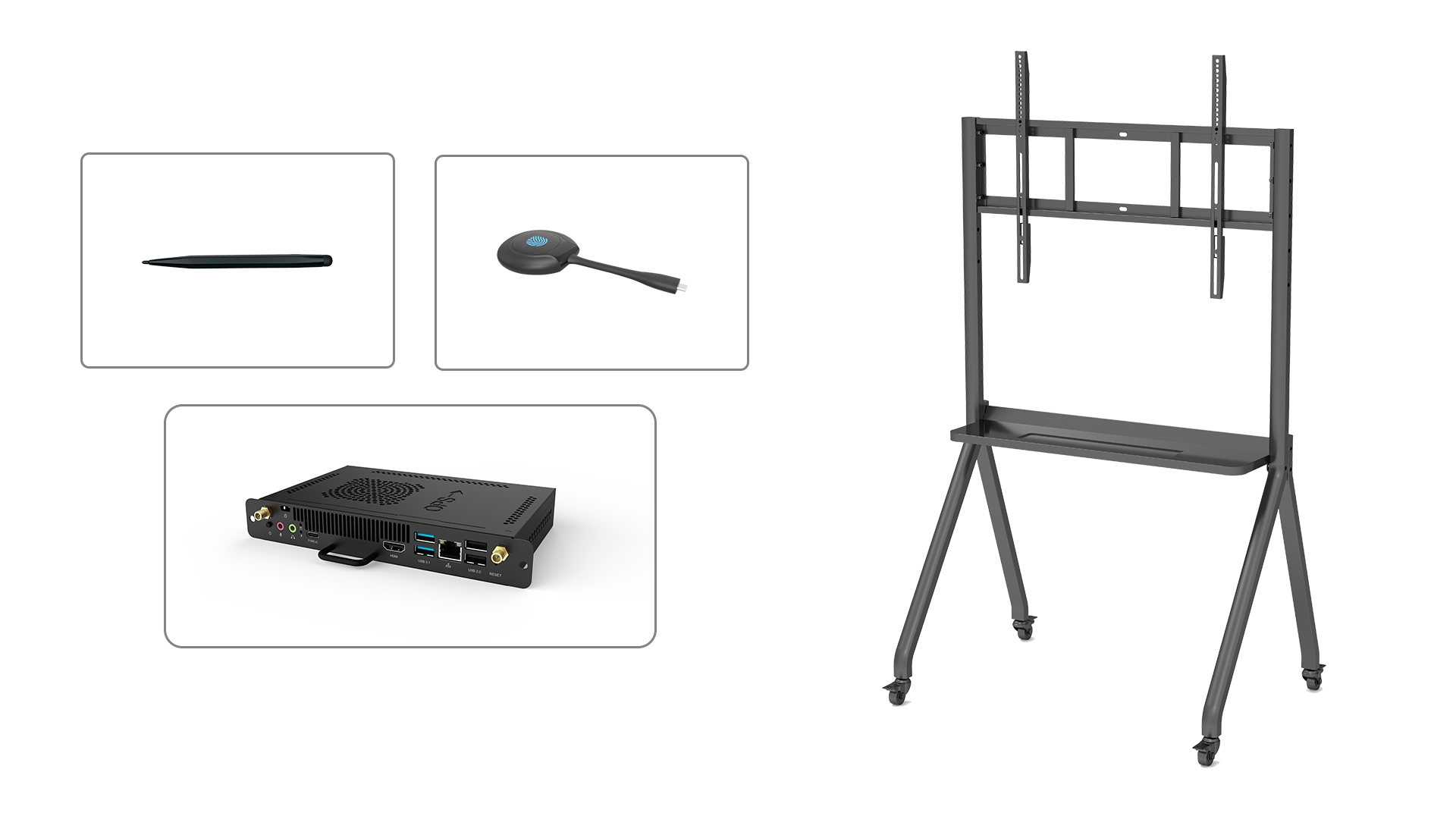The Evolution of the Old Smartboard: A Comprehensive Guide
With the rapid advancement of technology in recent years, old smartboards have become a thing of the past. These interactive whiteboards were once considered cutting-edge technology in classrooms and boardrooms, but they have been largely replaced by newer, more advanced models. In this article, we will explore the history and features of the old smartboard, as well as the reasons behind its decline in popularity.
The Birth of the Old Smartboard
The old smartboard, also known as an interactive whiteboard, was first introduced in the late 1990s. It was designed to replace traditional blackboards and whiteboards, offering a more interactive and engaging learning experience. The technology behind the old smartboard allowed users to write, draw, and manipulate images on a large touch-sensitive screen, making it ideal for both educational and business settings.
One of the key features of the old smartboard was its compatibility with various software programs. Teachers and presenters could use specialized software to create dynamic and interactive lessons or presentations, enhancing the learning or communication process. With the old smartboard, users could easily annotate, highlight, and save their work, making it a convenient tool for collaborative work and note-taking.
The Decline of the Old Smartboard
Despite its initial popularity, the old smartboard has seen a decline in recent years. Several factors have contributed to this decline, including the emergence of newer technologies and the limitations of the old smartboard itself.
Newer Interactive Displays
The introduction of newer interactive displays, such as interactive flat panels and touchscreen devices, has posed a significant challenge to the old smartboard. These newer technologies offer more advanced features, improved touch sensitivity, and higher resolution displays. Additionally, they are often more affordable and easier to install and maintain compared to the old smartboard.
Compatibility Issues
As technology has advanced, the old smartboard's compatibility with newer devices and software has become an issue. Many newer devices no longer support the software programs that are required to operate the old smartboard effectively. This lack of compatibility has made it difficult for users to continue using the old smartboard, forcing them to explore alternative options.
The Legacy of the Old Smartboard
Although the old smartboard may no longer be the go-to interactive display, it still holds a special place in the history of educational technology. Its introduction paved the way for the development of more advanced tools and technologies that are now commonly used in classrooms and boardrooms worldwide.
Learning from the Past
The old smartboard taught us valuable lessons about the importance of interactive and engaging learning experiences. It highlighted the benefits of incorporating technology into education, such as increased student engagement, improved information retention, and enhanced collaboration. These lessons have influenced the development of newer technologies and continue to shape the future of education.
Repurposing the Old Smartboard
While the old smartboard may be outdated in its original form, it can still be repurposed and used in creative ways. Some organizations have found alternative uses for old smartboards, such as converting them into interactive displays for art installations, interactive museum exhibits, or even as large touchscreens for gaming. By repurposing the old smartboard, its legacy lives on in new and innovative applications.
The Future of Interactive Displays
As we bid farewell to the old smartboard, we look towards the future of interactive displays. Newer technologies, such as interactive flat panels, touchscreen devices, and augmented reality, are continuing to revolutionize the way we interact with digital content. These technologies offer even more immersive and interactive experiences, further enhancing learning and communication.
Interactive Flat Panels
Interactive flat panels are quickly becoming the preferred choice for classrooms and boardrooms. These displays combine the benefits of a touchscreen with the convenience of a large display, offering a seamless and intuitive user experience. With features like multi-touch capabilities, 4K resolution, and built-in collaboration tools, interactive flat panels are taking interactive displays to the next level.
Touchscreen Devices
With the rise of smartphones and tablets, touchscreen devices are now a common part of our everyday lives. These devices offer a portable and personal interactive experience, allowing users to interact with digital content wherever they are. Touchscreen devices have also found their way into classrooms, where they are used as interactive learning tools and for collaborative activities.
Augmented Reality
Augmented reality (AR) is another technology that shows great promise in the world of interactive displays. AR allows users to overlay digital information onto the real world, creating an immersive and interactive experience. With AR, users can manipulate virtual objects, explore virtual environments, and interact with digital content in a whole new way. This technology has the potential to revolutionize education, training, and entertainment.






